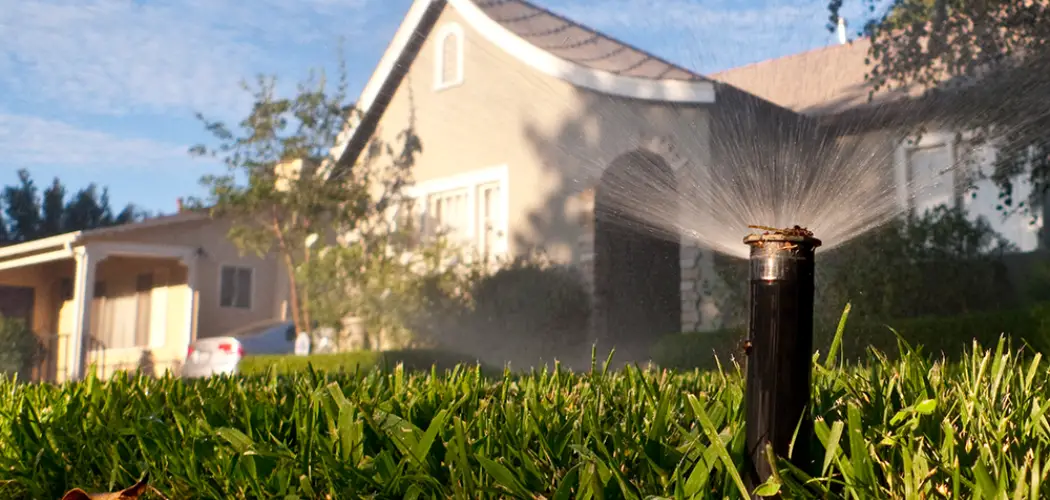Draining your sprinkler system is an essential aspect of maintaining your lawn. Neglecting to do so can result in pipes bursting, damage to the sprinkler system and even lead to higher water bills. Therefore, learning how to drain your sprinkler system is crucial for all homeowners who have one installed on their property.
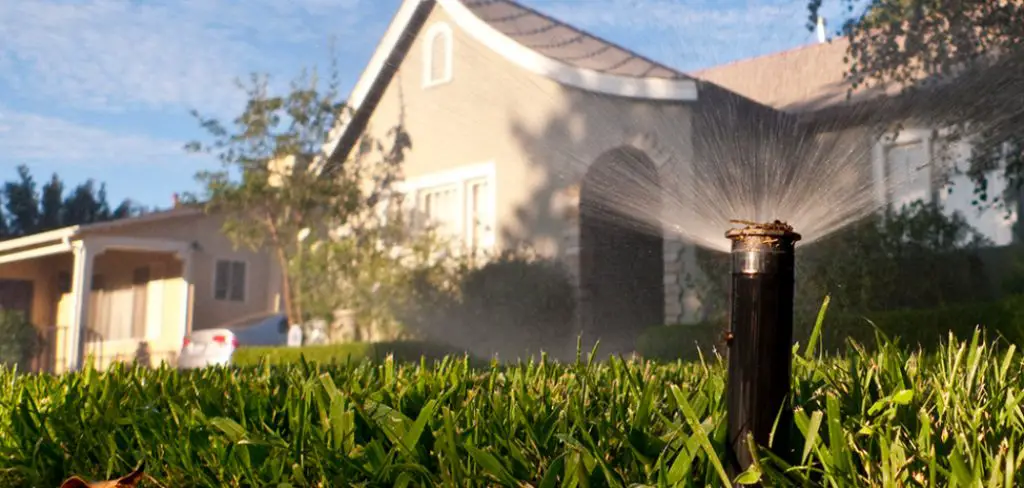
The main advantage of draining your sprinkler system is to prevent any potential damage due to freezing temperatures. Water left inside the pipes and sprinkler heads can freeze during winter, causing them to expand and potentially crack or burst. This can result in costly repairs and replacements. In this blog post, You will learn in detail how to drain my sprinkler system.
Step-by-step Instructions for How to Drain My Sprinkler System
Step 1: Inspect Your Sprinkler System
Before draining your sprinkler system, it is important to inspect all components and ensure that everything is in proper working order. Look for any leaks, damaged parts, or clogs that may affect the draining process.
Step 2: Turn Off Water Supply
Locate the main shut-off valve for your sprinkler system and turn it off. This will prevent any water from entering the system while you are draining it. To release any remaining pressure in the system, run each zone for a few minutes until no more water comes out of the sprinkler heads. This will also help flush out any debris or dirt that may be stuck in the pipes.
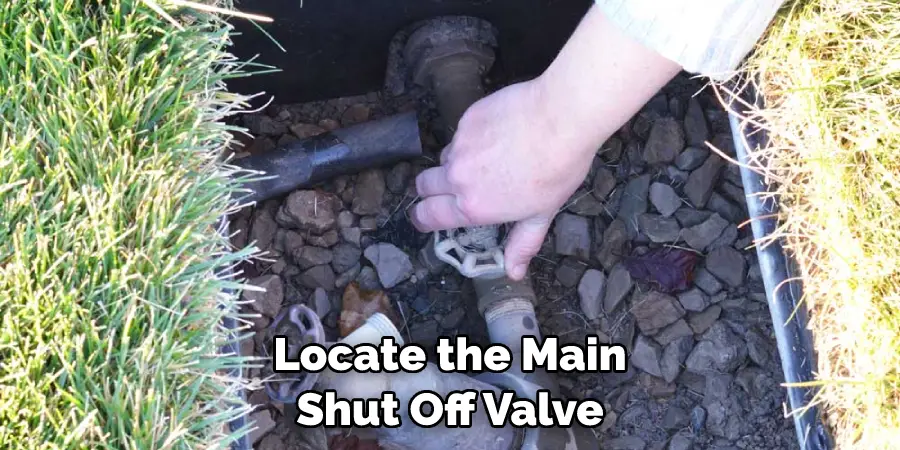
Step 3: Gather Necessary Tools and Materials
To properly drain your sprinkler system, you will need a few basic tools and materials such as a screwdriver, pliers, a bucket or hose for collecting water, and possibly an air compressor depending on your system. Most sprinkler systems have one or more drain valves located near the main shut-off valve. These are typically small plastic valves that can be opened to allow water to drain out of the system.
Step 4: Open Drain Valves
Using a screwdriver or pliers, open all of the drain valves on your sprinkler system. This will allow any remaining water in the pipes to flow out. If you have a backflow preventer, it is important to drain this as well. This can be done by opening the test cocks on the device and allowing any water to drain out.
Step 5: Drain the pipes
Using an air compressor or a hose inserted into one of the sprinkler heads, blow out any remaining water from the pipes. This will help prevent freezing and damage during the colder months. If you live in an area with harsh winters, it is recommended to remove and store your sprinkler heads for the season. This will help prevent any damage from freezing temperatures.
Step 6: Close Drain Valves and Turn Off Main Water Supply
After all water has been drained from the system, close all drain valves and turn off the main water supply. This will ensure that no water can enter the system during the winter months.
By following these simple step-by-step instructions, you can easily drain your sprinkler system and keep it in good working condition for years to come. Remember to always inspect your system before draining and gather all necessary tools and materials beforehand.
Tips for How to Drain My Sprinkler System
- Wear protective gear – When working with any type of sprinkler system, it is important to wear gloves and safety glasses to protect your hands and eyes from potential hazards.
- Keep children and pets away – Make sure to keep children and pets away from the area while draining your sprinkler system to avoid any accidents or injuries.
- Shut off electrical power – If your sprinkler system is connected to electrical power, make sure to turn it off before beginning the draining process.
- Use caution with air compressor – If you are using an air compressor to blow out any remaining water from the pipes, be careful not to over-inflate them as this can cause damage.
- Have a fire extinguisher nearby – In case of any accidents, make sure to have a fire extinguisher on hand while working with your sprinkler system.
- Be cautious of potential hazards – When inspecting and draining your sprinkler system, be aware of any potential hazards such as sharp edges or slippery surfaces.
- Consult a professional if unsure – If you are unsure about how to properly drain your sprinkler system, it is always best to consult a professional for assistance. This will ensure that the job is done safely and correctly.
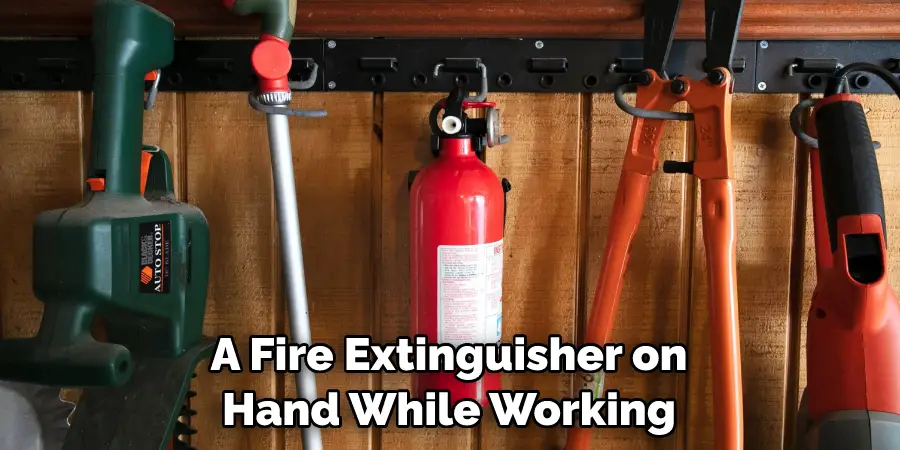
By following these tips and the step-by-step instructions, you can easily drain your sprinkler system and prepare it for the colder months. Regular maintenance and proper draining will help extend the lifespan of your sprinkler system and ensure its effective functioning in the future.
How Long Does It Take to Drain a Sprinkler System?
The answer to this question depends on several factors such as the size of your system, the type of valves used, and the flow rate of your compressor. On average, it can take anywhere between 30 minutes to 2 hours to fully drain a sprinkler system. If you have a smaller system with only a few zones, draining should be relatively quick and easy.
However, if you have a larger system with many zones, it may take longer due to the increased volume of water that needs to be drained. The type of valves used in your system can also affect the draining time. Some valves are designed to automatically drain water when they are turned off, while others require manual draining. If you have manual valves, it may take longer as you will need to manually open each valve to release the water.
What Are the Benefits of Regularly Draining Your Sprinkler System?
Regularly draining your sprinkler system is an essential maintenance task that should not be overlooked. Not only does it ensure the proper functioning of your system, but it also offers a range of benefits that can save you time, money, and headaches in the long run.
One of the main benefits of regularly draining your sprinkler system is that it helps prevent damage to your pipes. During the winter, water left inside your sprinkler system can freeze and expand, causing pipes to burst and leading to costly repairs. By draining your system before temperatures drop below freezing, you can avoid this potential disaster.
Regularly draining your sprinkler system also helps prevent clogs in your irrigation lines. Over time, debris such as dirt, leaves, and grass clippings can accumulate and block the flow of water through your system. By draining the water from your system, you can flush out any built-up debris and keep your irrigation lines clear.
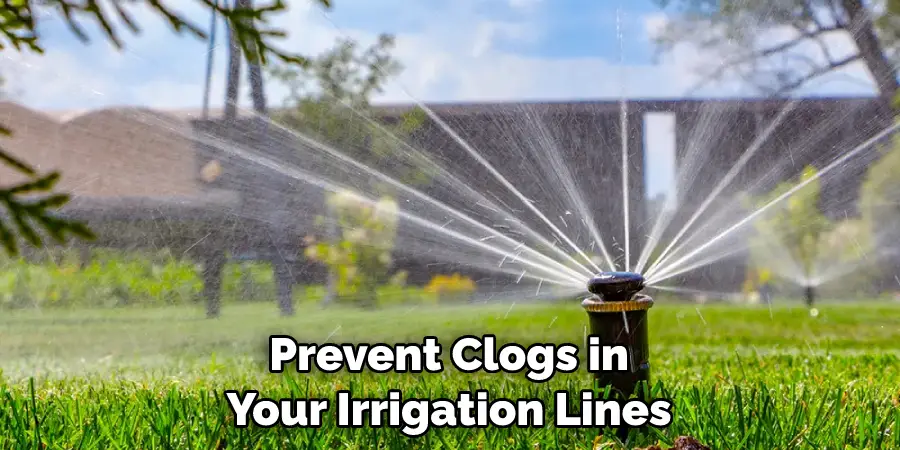
Another benefit of regular draining is that it allows you to inspect and maintain your sprinkler system. When the system is drained, you have a better view of all components and can easily identify any issues that may need attention. This includes damaged or faulty sprinkler heads, clogged nozzles, and worn out parts that may need to be replaced.
Are There Any Maintenance Tasks You Should Perform While Draining Your Sprinkler System?
Draining your sprinkler system is an important maintenance task that should be done at least once a year to prevent any potential damage to your system during the colder months. However, there are different methods and techniques you can use to drain your sprinkler system. In this section, we will explore some alternative methods for draining your sprinkler system.
One alternative method for draining your sprinkler system is the manual drain method. This method involves manually opening each valve on your system to allow any remaining water to drain out. While this may seem like a straightforward and cost-effective option, it can be time-consuming and may not completely remove all the water from your system.
Another alternative method is the compressed air blow-out method. This method uses compressed air to push out any remaining water from your sprinkler system. It is a quicker and more efficient option compared to the manual drain method, but it does require special equipment such as an air compressor.
How Can You Properly Store Your Sprinkler System Components After Draining Them?
Properly storing your sprinkler system components after draining them is an essential step in the maintenance process. This ensures that your system stays in good condition and is ready to use when the warmer seasons come around again. Here are some tips for properly storing your sprinkler system components:
- First, make sure all water has been drained from the pipes and valves of your sprinkler system.
- Disconnect and remove any above-ground components, such as sprinkler heads or hoses.
- Clean and dry all components before storing them in a dry, indoor location.
- If you are using the compressed air blow-out method, make sure to properly release any remaining pressure from your system before storage.
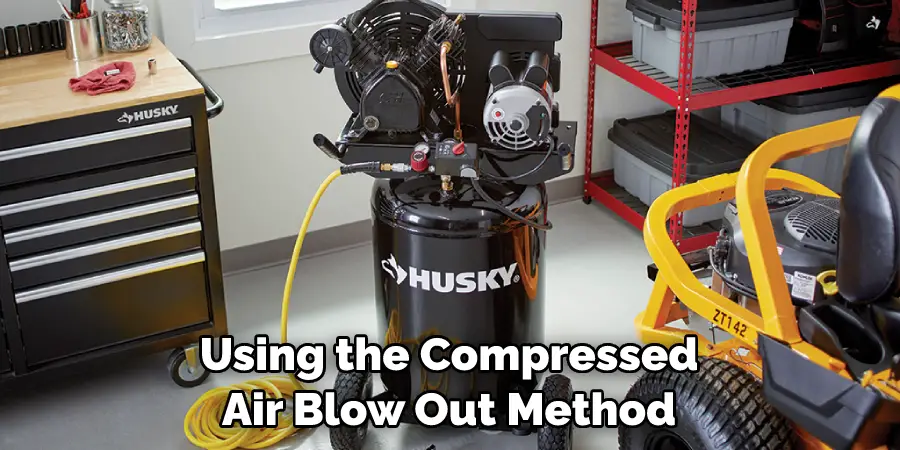
By following these steps, you can ensure that your sprinkler system is properly drained and stored, preventing any potential damage during the colder months.
Conclusion
In conclusion, knowing how to drain your sprinkler system is essential in maintaining the health of your lawn and avoiding costly repairs. It is a simple process that can be done on your own with the right tools and knowledge. The main disadvantage of draining your sprinkler system is that it can be a time-consuming and labor-intensive process.
It may involve digging up or removing parts of the system, as well as manually blowing out any remaining water. This can be quite a hassle, especially for those who are not experienced in handling such tasks.
Moreover, if the process is not done correctly, it can lead to damage to your sprinkler system or even cause freezing and bursting of pipes during the winter season. This can result in expensive repairs and replacements that could have been avoided with proper drainage techniques. I hope this article has been beneficial for learning how to drain my sprinkler system. Make Sure the precautionary measures are followed chronologically.

